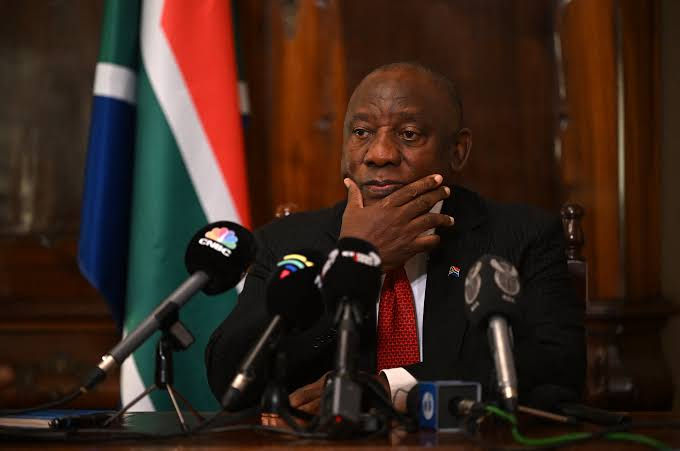Mashudu Tshifularo and the World’s First 3D Ear Implant Surgery: What Really Happened?
- patrickonyekakogwu
- Jul 30
- 2 min read

Is Prof Mashudu Tshifularo truly the first surgeon to cure deafness? A closer look reveals the truth behind the headlines and what his innovation really represents.
What the Facts Show
In March 2019, Professor Mashudu Tshifularo from the University of Pretoria led a medical team that performed the world’s first middle ear transplant using 3D‑printed ossicles—the tiny bones responsible for conducting sound in the middle ear. This operation marked a major step forward in treating conductive hearing loss, which results when these bones are damaged due to trauma, infection, or birth defects.
The patient, a 35‑year‑old man who lost hearing after a car accident, had his damaged ossicles replaced using custom-printed titanium implants. The surgery, which lasted about 90 minutes, restored his hearing with minimal scarring and reduced surgical risk compared to other prosthetics. This procedure benefited a second patient born with underdeveloped middle ear bones during the same period. Health Minister Aaron Motsoaledi publicly praised the breakthrough and called for funding to expand access.
What the Innovation Is—and Isn’t
This surgery did not cure all forms of deafness. It applies only to specific cases of conductive deafness, not sensorineural or nerve-based hearing loss. As some medical experts caution, the media portrayal as “curing deafness” is misleading. Similar ossicle replacement surgeries existed prior, though not using 3D-printed components. Tshifularo’s innovation lies in the custom 3D-printed implant using titanium for improved fit, cost-efficiency, and reduced risk — not inventing ossicle replacement surgery itself.
Why It Matters
Professor Tshifularo’s work represents an African scientific breakthrough: low-cost, patient-specific implants manufactured locally, offering greater access across underserved communities. It has inspired new thinking in medical innovation on the continent and has given hope to individuals affected by conductive hearing loss .
While the word “cure” may be overused in this context, the achievement remains significant. It paves the way for future improvements and shows that highly technical procedures can be developed and performed in public hospitals rather than only elite clinics.
The Highlight
Prof Tshifularo did not invent ear surgery or cure all types of deafness, but he did lead the first known middle ear transplant using 3D-printed ossicles—a first in surgical practice. That innovation has transformed a subset of hearing-loss treatment and positioned South Africa as a leader in medical engineering.
This is not sensational hype. It is a genuine example of African expertise meeting global biomedical innovation—one that deserves recognition and further development.






Comentarios